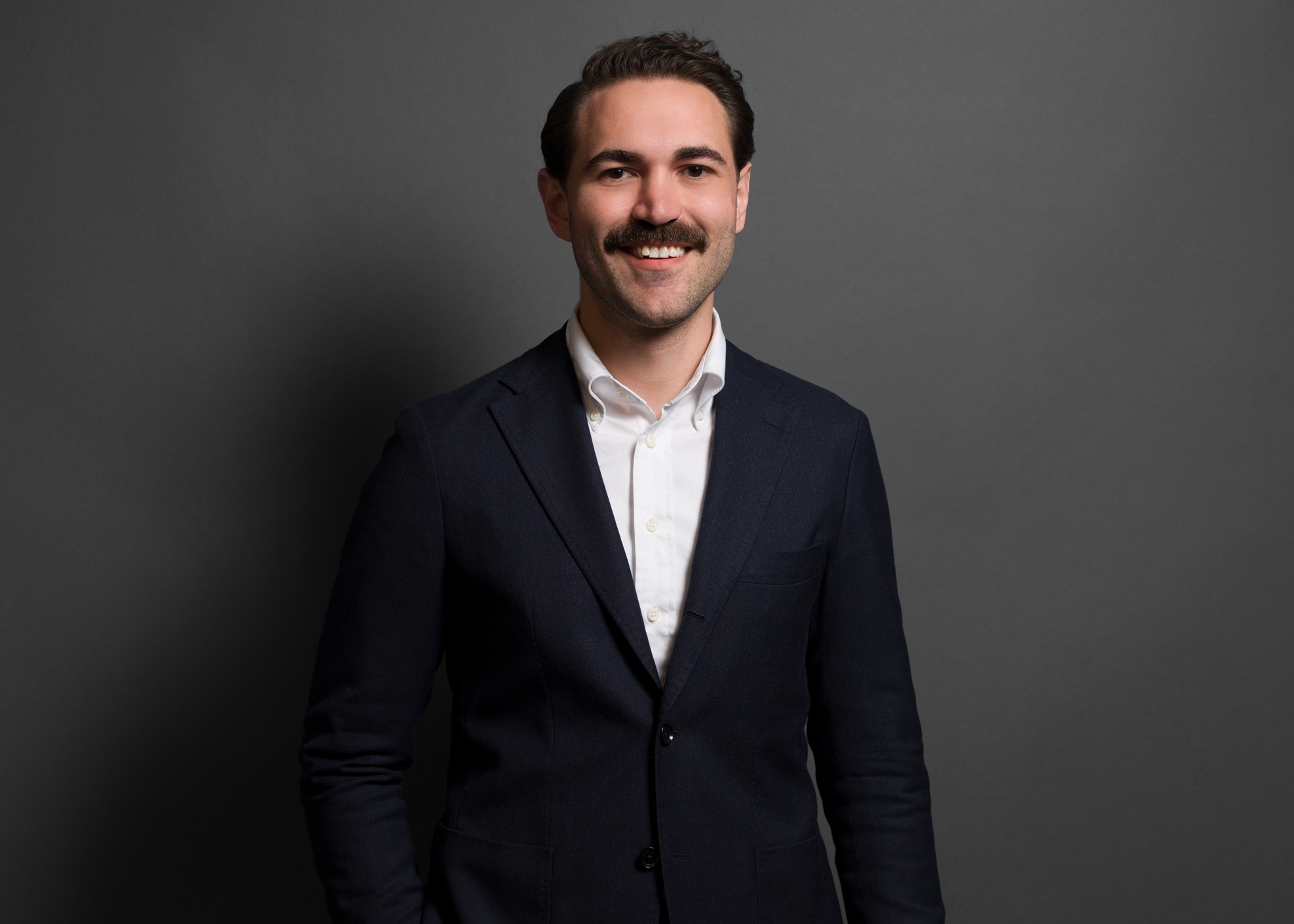Analysis

July 6, 2023
Final Thoughts
The ITC announced today it is taking up the fact-finding investigation requested by the US Trade Representative into greenhouse-gas emissions intensity in the US steel and aluminum industries. In steel, more than 50 products will be examined for their GHG emissions-intensity as of 2022. The study is set to be completed by Jan. 28, 2025.
This comes as the US and the EU try to come to a Global Arrangement on GHG emissions in steel and aluminum by October. Obviously, there is a discrepancy between the due date for the Global Arrangement and the deadline for the ITC study. Perhaps we’re about to see some version of “kick the can down the road” when it comes to an emissions agreement between Washington and Brussels?
![]()
From her letter to the ITC on June 5, USTR Katherine Tai noted that, although intended initially for the US and EU, other “like-minded economies” will be invited to participate in the Global Arrangement. So data is being compiled, negotiations are ongoing, and the world trudges forward toward “decarbonization.”
In an earlier Final Thoughts in May, I got to sit down with Kevin Dempsey, president and CEO of the American Iron and Steel Institute, on what constitutes “green steel.” Recently, I got a chance to speak with Philip K. Bell, president of the Washington-based Steel Manufacturers Association to hear the trade group’s take on the same question.
“We don’t really have a definition,” Bell told SMU. “You really leave that up to the steel producers and steel end-users.”
“I think it’s better to talk about lower-carbon steel, because ‘green steel’ is overly simplistic,” he said, adding that the absolute value of the carbon emissions is a better indicator.
Bell said the SMA is part of the Global Steel Climate Council (GSCC), an international organization, with members in Asia, Europe, North America, and elsewhere. They recently published The Steel Climate Standard, which shows a “science-based pathway” to reduce emissions in the steel industry. It can be viewed here.
He commented that the domestic electric-arc furnace (EAF) industry developed through “entrepreneurial spirit, innovation, and companies investing their own money.”
On that note, he said that in the last five years American steel producers have invested over $20 billion “to electrify, modernize, and decarbonize, all without subsidies.”
“In the US, we did it on our own dime, and we should be very proud of that,” Bell said.
As for outlook, Bell said there is a lot of cautious optimism for the next year or two, saying steel could be entering a new “golden age.”
With all the fervor around environmentally friendly solutions, Bell was quick to point out that “anything involving sustainability, involves steel.” That’s anything from solar panels, to wind towers, to a hydrogen pipeline.
“We’re the solution for the solution providers,” Bell said, adding: “If you’re developing ‘green’ projects, you should be using clean steel to do so.”
Also, there is a lot of government funding in the pipeline, such as in the form of the Inflation Reduction Act (IRA). However, Bell looks at this funding as incentives rather than subsidies, noting that companies have to compete for the money. “Not everyone is going to get a hydrogen hub,” Bell said. “It’s incentive-based, and that’s the way it should be.”
SMU Steel Summit
Do you want to learn more about everything sustainability? Well, to find out the latest and greatest in the steel industry, there is no better place than Steel Summit.
We have an amazing lineup of speakers, including a panel of experts who will discuss trade policy, climate policy, and decarbonization.
The event runs Mon-Weds Aug. 21-23. The trade/decarb panel will be on Tues., Aug. 22. You can learn more about the agenda here and register here.
By Ethan Bernard, ethan@steelmarketupdate.com






